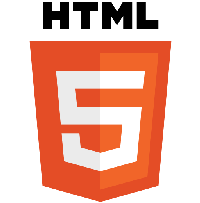Posts
-
COM1000 Beginning HTML Overview
HTML (Hypertext Markup Language, CSS (Cascading Style Sheets), and JS (Javascript) are the three primary languages that are used to create web pages. Every time you consume content on the web, those languages were used to create what you are seeing, hearing, reading, or watching. If you’ve wanted to learn about basic web coding, now’s…
Written by

-
Video in HTML files
Hosting and streaming video requires a lot of storage and bandwidth. Many shared hosting plans will allow you to host your video. In this instance, you would use the <video> tag to provide that content to your users. However the performance can sometimes be terrible because shared hosting can contain many web sites and are…
Written by
-
Q&A: Plain text and HTML
Student question: Is plain text the same as txt? I’m still having a problem with it. Answer: Beginning students learning how to code with web standards are sometimes confused about what plain text is and how it applies to HTML. Plain text refers to simple character set, like ASCII, or Unicode. It is the set…
Written by